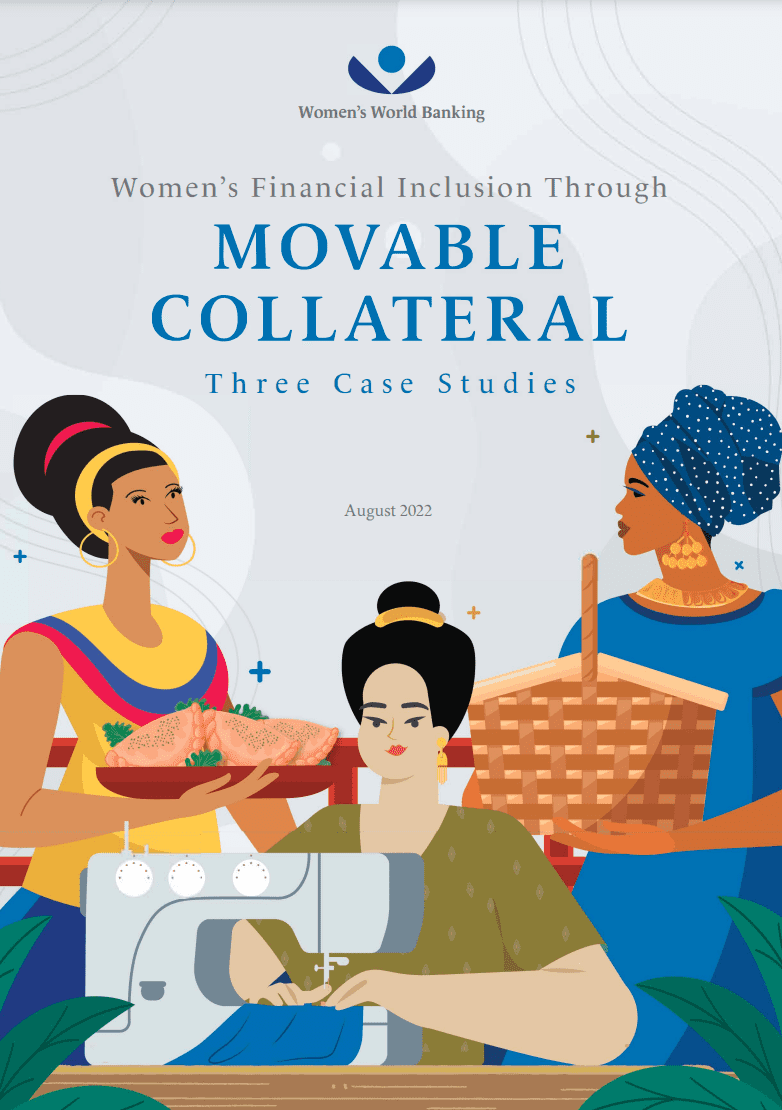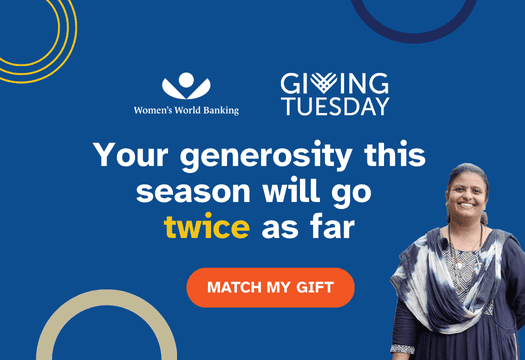Women face significant barriers when it comes to accessing credit, largely due to the fact that they are less likely than men to own fixed assets such as land or property. Fixed assets are commonly used as collateral in traditional lending models, which puts women at a disadvantage. Compounding this issue is the fact that women are less likely to access or utilize formal financial services, including banking, credit lines, and other financial tools. These financial asymmetries contribute to a substantial credit gender gap, which amounts to an estimated $1.7 trillion (USD) globally among entrepreneurs. This gap is a reflection of the systemic challenges women face in securing credit, as they often receive smaller loan amounts compared to their male counterparts, even when they do qualify for credit.
An innovative solution to this inequality is allowing women to use movable assets, such as equipment, inventory, or accounts receivable, as collateral to access loans. By enabling women to leverage movable assets, financial institutions can open up new pathways for women to secure the capital they need to support their personal needs, households, and businesses. Movable collateral systems hold tremendous potential to significantly reduce barriers for women and close the credit gap by allowing a wider range of assets to be recognized as valid collateral.
Recognizing this potential, Women’s World Banking has actively promoted the establishment of movable collateral registries around the world. These registries play a critical role in creating a more inclusive financial system, particularly for women who face systemic barriers to credit access. But what exactly are the key components of a well-functioning movable collateral registry? And what hurdles might stand in the way of such a system’s ability to truly enhance women’s financial inclusion?
To explore these questions, this report examines three successful movable collateral systems, each situated in a different region of the world: Colombia in Latin America, Ghana in Africa, and Laos in Southeast Asia. These countries were chosen based on their regional diversity, availability of data, and evidence of positive impacts from their respective movable collateral systems. By studying these cases, we can better understand the elements that contribute to the success of these systems, as well as the unique challenges they face in driving financial inclusion for women.





